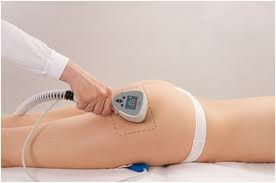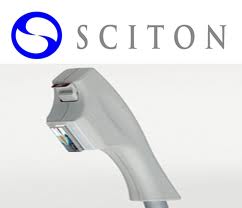As the latest statistics published by the American Society of Plastic Surgery show in 2010, the fastest growing procedures in cosmetic surgery are not surgery at all. Rather it is such non-invasive procedures as Botox, injectable fillers and focused and high-intensity light face and body treatments. This is a trend that has been ongoing now for the past decade and shows no sign of slowing down anytime soon. Recent studies also show that up to 25% of people would have some form of cosmetic surgery if cost and recovery were not an issue.
Whether it is to avoid the costs and recovery of more expensive surgery or to treat cosmetic problems for which there is no good surgical solution, non-surgical treatments continue to expand. One such area of expansion is the use of light-based and energy therapies. From skin tightening, fat reduction or the the improvement of cellulite, treatment options appear as often as new devices become clinically available. While light-based treatments were once thought of as just laser devices, used largely for skin resurfacing and hair reduction, this is no longer the case. Energy-based devices are now available that uses infrared light, ultrasound, and radiofrequency waves, technologies that long have had FDA-approved uses in diagnostic and therapeutic traditional medicine.

The radiofrequency of Exilis also has a skin tightening effect. By heating the underside of the skin (deep dermis) through the radiofrequency energy, collagen is produced which causes the skin to tighten. This is particularly effective in the face, the jowls and neck, where the skin and underlying tissues are thinner. Because lower energy levels are used, it feels very much like getting a hot stone massage. Since the production of collagen is more gradual, treatments need only to be done every two weeks for two to three months. Some may call this a RF (RadioFrequency) Facelift as it can tighten the face without surgery.

While Exilis can do fat reduction and Skin Tyte can not, this begs the question as to whether Exilis or SkinTyte is better for skin tightening. It s unknown at this time as to how these technologies compare for their effectiveness. Since my practice has both technologies, I will be able to answer this question better in the future as greater numbers of patients are treated.
Dr. Barry Eppley
Indianapolis, Indiana


